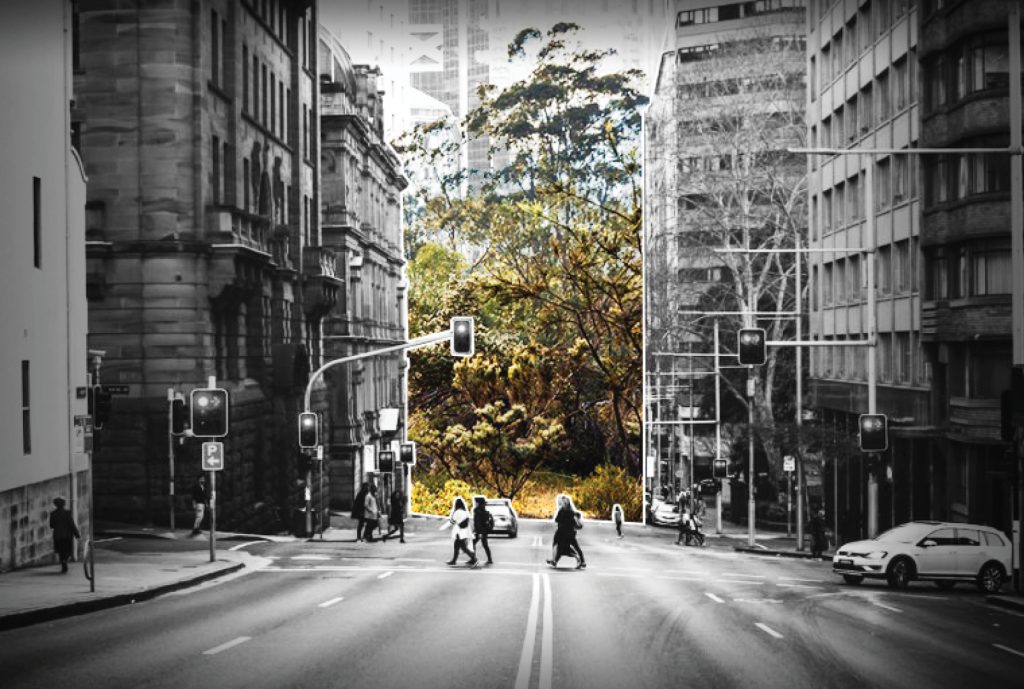Wild St
Jason Goh
What’s to become of our streets once they fall silent?
‘The Australian Dream Redux,’ ran the headlines. First in dribbles, then in droves, city dwellers took to the suburbs and hinterlands in the years following the Great Pandemic of 2019. Why, they asked, jostle with crowds and pine for dwellings that were undesirable yet ever out of reach, when work and leisure were just as abundant farther afield where fresh air, light, space, trees and birds were plentiful?
Cities are no strangers to pandemics; cities, since the time of Ancient Greece, had always bounced back from outbreaks stronger. But not in the aftermath of 2019, not when cities continued to have their purpose—a marketplace for goods and services and ideas—drained by accelerating algorithms. Faced with a crisis of identity and a worsening climate, planners took up the challenge and radically rethought cities. To make livable and resilient these places, they turned to the traditional custodians and restored the cities’ now-underused arteries—the asphalt scars criss-crossing Country.
Helped by a workforce outpaced by technology, the bitumen scabs were fractured, the land nourished, seeds sown. Native plants were invited back, not in tidy, pretty rows, but the way nature intended: in rich, rugged layers. These rewilded streets flourished piecemeal and merged into lineal oases, offering welcome respite from the sweltering and tech-drenched world. Years later, people returned. And so did the birds.
